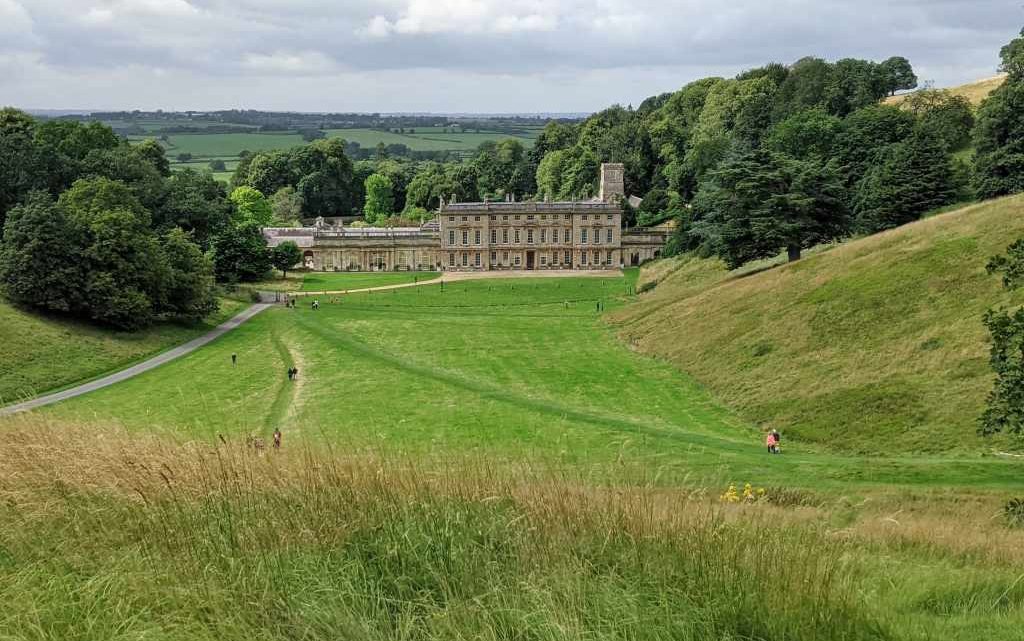
A quick guide to Dyrham Park and its history
09/05/2022Psst! This blog post can have affiliate links that earn us a small commission if you purchase or book through them – at no extra cost to you.
As members of the National Trust, Scott and I are fortunate to live very close to an amazing NT property: Dyrham Park in South Gloucestershire.
We have visited several times now and are constantly learning new things about the history of Dyrham Park and how to make the most of your visit.
While this blog post is not a complete guide to Dyrham Park and the story of Isis It’s the culmination of what we have learned and found interesting over the many years we have visited the house and the ancient park.
We hope you find the information below as interesting as we…
History of Dyrham Park
before 1600
Although the Dyrham Park we know and admire today’s largely due to William Blathwayt and his influence in 1600 (more on that sooner), people frequent Dyrham and its surroundings from the Bronze Age.
A particularly fascinating event in history is the battle of Deorham (as it was once called Dyrham) in 577 on Hinton Hill near Dyrham.
This war between the West Saxons and the English of the West Country ended with the West Saxons defeating the three English kingdoms and pushing their borders into Wales and Cornwall.
This battle was considered a great victory for the Wessex forces and resulted in the Brythonic cities of Gleveum (Gloucester), Corinium Dobunnorum (Cirencester) and Aquae Sulis (Bath). It also led to the permanent cultural and ethnic division of Dumnonia (Devon and Cornwall) from Wales.
Although the Battle of Deorham had a profound effect on the way Britain is divided today, the Anglo-Saxon Chronicle is believed to be the only source that even mentions the war that took place!
In 972 Dyrham was part of the Worcestershire estate, Pershore Abbey, and was included in the famous Domesday Book of 1086.
William Blathway and the colonial result
In addition to the ancient wars and documents, there were many ambitious men and families trying to turn Dyrham Park into the majestic mansion we can see and visit today.
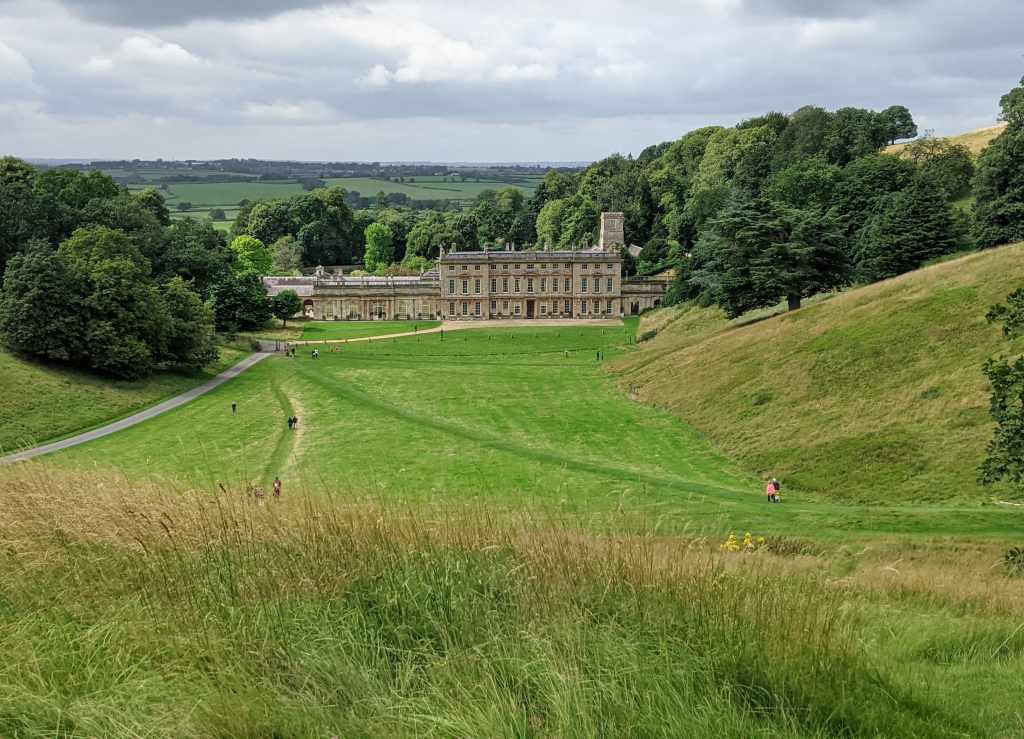
However, what the property looks like now depends largely on William Blathway, who built the house and developed the magnificent estate and gardens between 1691 and 1704.
Perhaps unsurprisingly, Blathwayt’s fortune unfortunately came from colonialism and the slave trade.
He was the Auditor General of Plantation Revenue, which meant that his connections were extensive.
In addition, King III. William’s rise to power as Minister of War gave him direct access to royal artists, designers, craftsmen and suppliers in London and the Netherlands.
So you will notice things like luxury walnut and cedar wood used to make majestic stairs and wood paneling inside the house, as well as things like Carrara marble, Indian fabrics and fine silks that came only from abroad and were destined for the rich. and powerful.
But what we found most amazing is how different the mansion looks from the first moment it was built – especially the gardens.
William Blathwayt originally designed them as a Dutch water garden.
When you visit today, you will come across an ancient statue of Poseidon. He was sitting on a hill overlooking the house and we always thought he seemed a little inappropriate.
Apparently this statue was part of a series of canals and water elements that led out of the house that were part of Blathwayt’s Dutch water garden.

You can easily see the statue in the following historical artwork (just to the left of the coat of arms):


Image source: Wikimedia Commons
And here is another engraving (color this time) – I’m afraid this image is a little smaller than the one above, so it’s a little harder to find.
But this version really helps to highlight how wonderful the gardens looked centuries ago.
Notice how the gardens differ from Dyrham Park, which we can see today:

Το Dyrham Park and the Time of Great Despair
After the death of William Blathwayt in 1717, the once beautiful Dyrham Park was increasingly ruined.
William III Blathwayt inherited Dyrham as a young man, but later ran into serious financial problems.
Thus arose the need to auction paintings and portraits in order to raise funds. Interestingly, many of them appear to have been bought by his younger brother and he later returned home.
The large gardens also suffered, with the author Samuel Rudder saying in 1779 that “gardens built at great expense are so neglected and will rot.”
In the late 1700s, the fourth William Blathwayt took over the house and began repairing it.
However, the fashion of the time dictated an open park. This meant that many of the formal landscaped gardens you can see in the above engravings were virtually destroyed; leaving a statue of Poseidon alone to say what it once was.
Opening of Dyrham Park to the public
Of course, this story still has a happy ending.
While you may not be able to see the original formal gardens in front of the house (which I’m sure would be really great), the National Trust has struggled since the 1950s to maintain Dyrham Park and make it great. place to visit.
From the restoration of the grand staircase and the installation of new exhibits to the redecoration of the magnificent rooms and even the opening of the Terraces to the public (more on this story below), the National Trust has spent millions helping to restore this old property glory.
We just think it’s very sad that the original landscaped gardens in front of the house are gone forever.
Today we visit Dyrham Park
Beautiful hiking trails and beautiful gardens
Today, you have more than 270 acres of ancient parks and gardens to explore.
If you take a leisurely and relaxing walk following the foot of the earth, you will find yourself on the “Prospect Walk”, which has unparalleled views of the earth and the surrounding countryside.

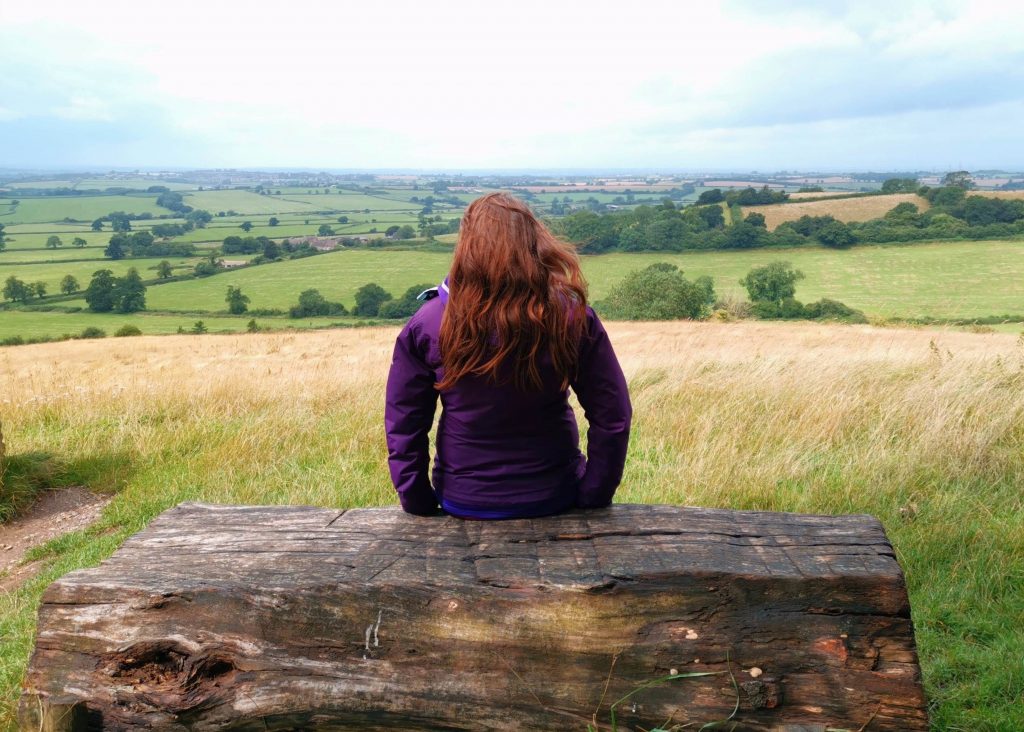
You can then stroll through the formal gardens, rediscover the “Lost Terraces” and even explore the Old Lodge playground if you come with small children.

Unfortunately, it is no longer possible to see the herd of deer that once visited the earth.
In March 2021 the herd began to spread a terrible disease and had to be killed to avoid further suffering.
Once the disease is completely eradicated, the National Trust hopes to bring the deer back to the old park, so we hope to see deer roam free here once again.
Lost Verandas
Since this is mostly a blog post about the history of Dyrham Park, we thought you might want to learn more about the history of the Lost Terraces.

These terraces were once part of the 17th-century Dutch water garden commissioned by the first William Blathwayt. As the estate went through various stages of desolation over the centuries, the terraces were not accessible until 2017.
With a .000 100,000 project spanning 10-15 years, the National Trust and more than 200 volunteers worked to make the terraces accessible again and turn them into a stunning forest walk with stunning views of St. Peter’s house and church.

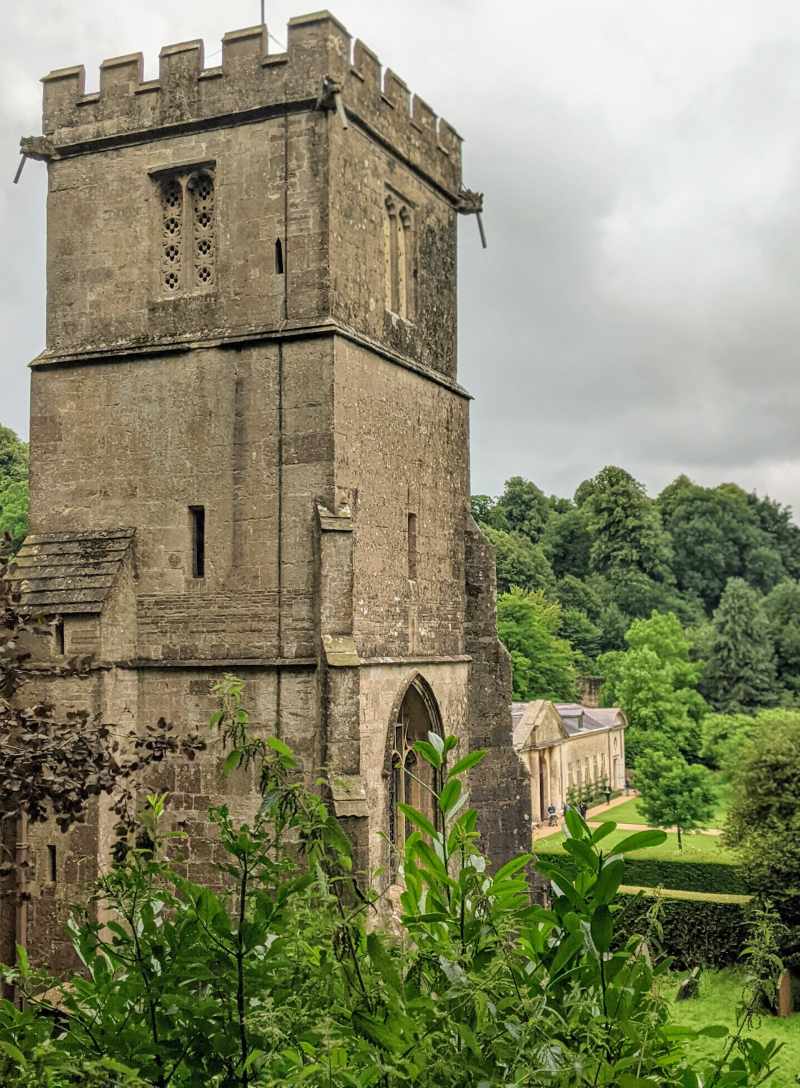
Dyrham Park House
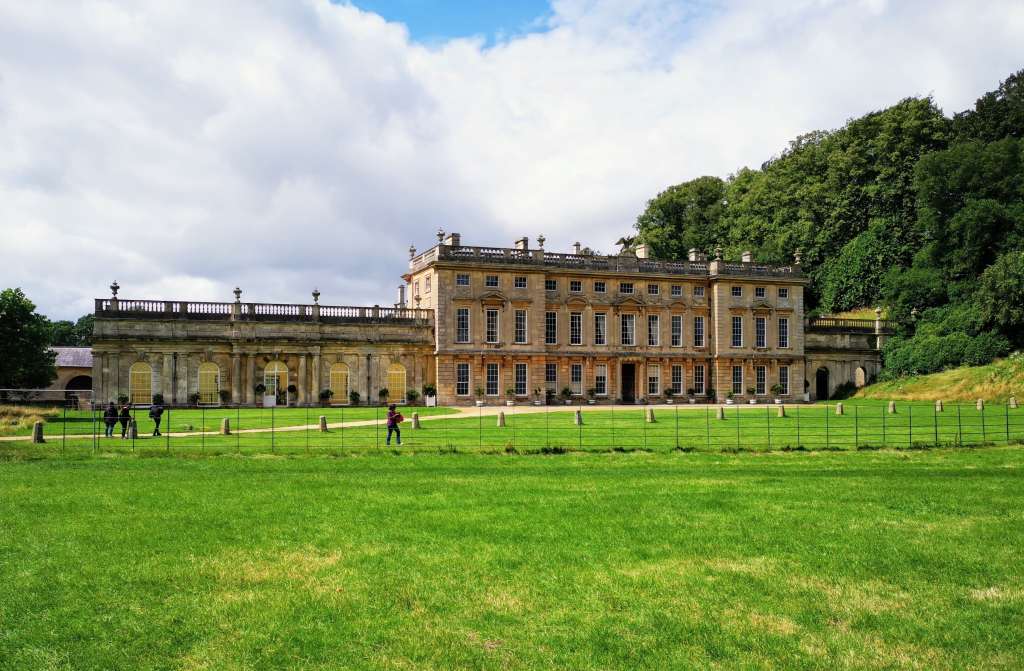
We have already briefly touched on the treasures you can see inside the house in Dyrham Park – even if they are only there because of its sad connection to British colonialism.
Still, admire the rich interiors, such as red plum wall coverings, dark wood paneling, fine arts, archaic portraits, and Dutch Delftware.
When we visited recently, some rooms were not open to the public, but there was still a lot to see.
You can also identify the Dyrham Park house, as it has been used in various film and television adaptations.
‘Remains of the Day’ by Anthony Hopkins and Emma Thompson was once filmed here, while ITV’s Sanditon was also filmed here. Dyrham Park also served as Warleggan’s mansion in Poldark.
Last year, the BBC drama The Pursuit of Love, an adaptation of Nancy Mitford’s novel, also took place at the Gilt Leather Parlor and the Grand Hall inside the house.
outdoor theatrical performances
Another important point of sale in Dyrham Park is that during the summer the theatrical group “The Lord Chamberlain’s Men” performs outdoor performances in the wonderful spaces of Dyrham Park.
You have to book and pay for your ticket in advance, but it’s worth it.
Now we have seen two performances. first Romeo and Juliet and then the Twelfth Night. The whole atmosphere of watching a Shakespeare play with a picnic outside in the summer and watching the men play in dresses (as they would in the golden age) was just wonderful. We will definitely go to another show again!
More Things to do near Dyrham Park
If you want to spend a day or a weekend, you can see more in the surrounding area or a short drive from Dyrham Park. Here are some of our top picks (with links to read more).
Marshfield Farm

You could be at Marshfield Farm, just 3.2 miles from Dyrham Park. Known for their beloved ice cream, the ice cream parlors are open on weekends where you can try different flavors or take ice cream with you at home.
Cotswolds National Trust Places
Make the most of your National Trust subscription by visiting other National Trust sites nearby.
Examples include:
And a little further is Tyntesfield, which also hosts an annual Victorian Christmas event!
RELATED: National Trust Cotswolds – 10 Amazing Places to Visit
Towns and villages of South Cotswolds
It would not be a trip to the Cotswolds without exploring the many picturesque towns and villages here. There is plenty to choose from, but you will find the picturesque Castle Combe Dyrham Park (with Marshfield Farm on the way!)
Westonbirt Arboretum

To the north and 30 minutes drive is the very attractive Westonbirt Arboretum. Here, you can take a leisurely stroll through the beautiful trees (essential in the fall, when everything shimmers with red, amber and gold. Or if you visit in the winter, take a look at Westonbirt’s Enchanted Christmas event). , which is nothing magical!
Bath
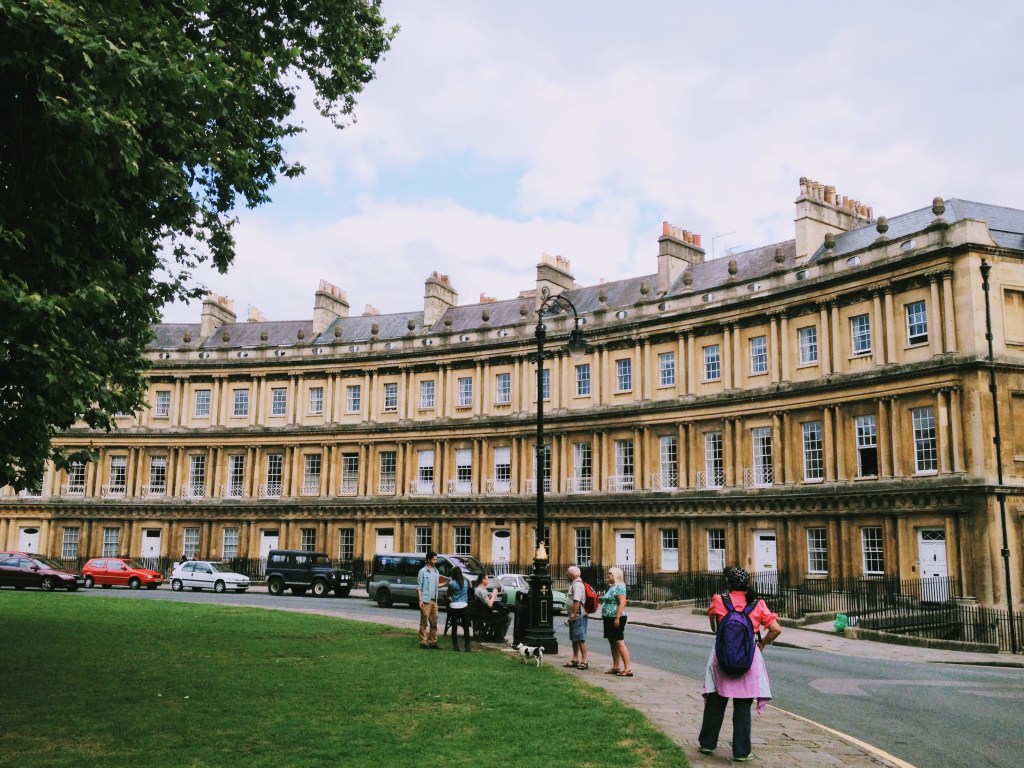
Head south for about 30 minutes from Dyrham Park and you could find yourself in the beautiful spa town of Bath. Admittedly, you could easily spend an entire day or a weekend here, but if you are in the area and have never visited it before, you may want to spend time in both Dyrham Park and this historic city. See our guide to the bathroom here.
Bristol
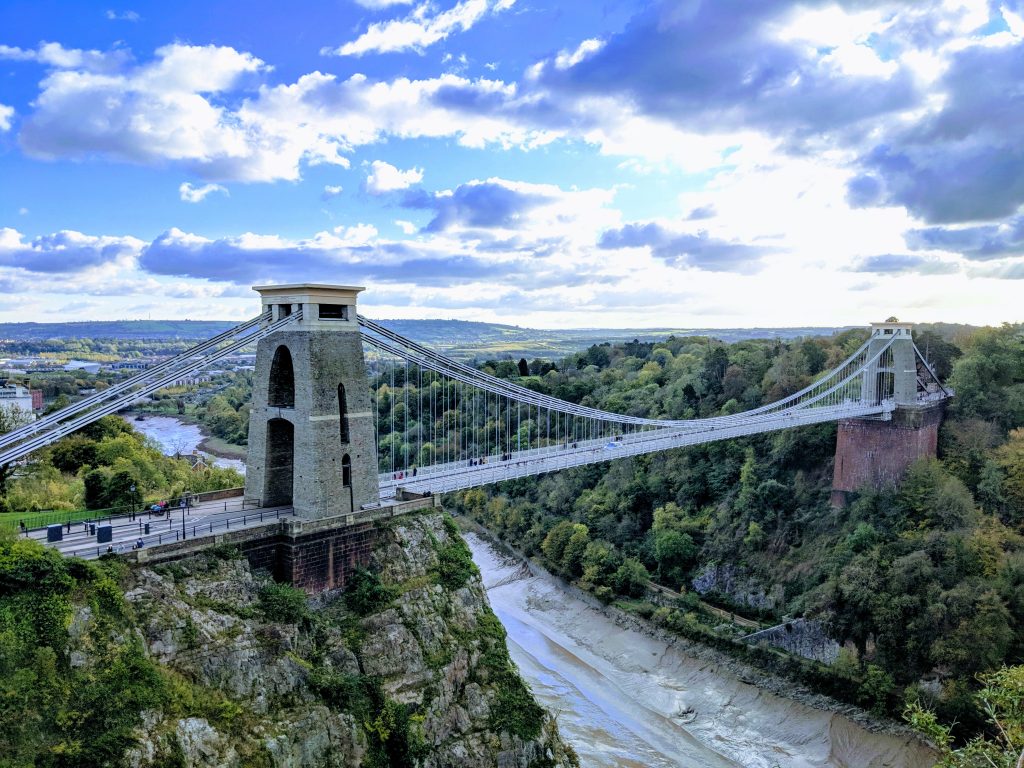
Ahh Bristol has been our home for over six years. This scenic harbor town is approximately 45 minutes from Dyrham Park (a great day trip from Bristol) and there is also plenty to do in Bristol if you have time. If you’re visiting for the first time, here are more than 75 ideas for things to do in Bristol.
ONE And here it is – our quick guide to the fascinating history of Dyrham Park. As we said, this was definitely not a complete history lesson, but we hope you found our discoveries interesting to read and learn.
If you want to know more, see the National Trust for more information here.
Did you learn anything new about the history of Dyrham Park today? We would appreciate it if you were thinking of sharing this blog post with a friend or on social media using the links below.

